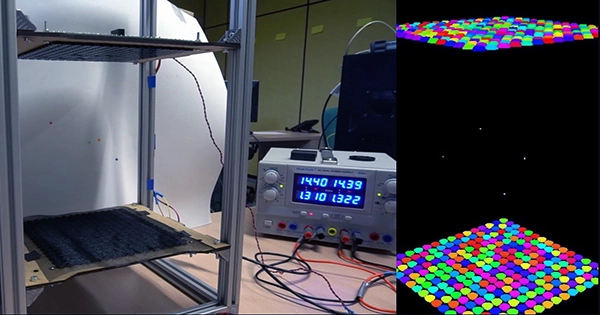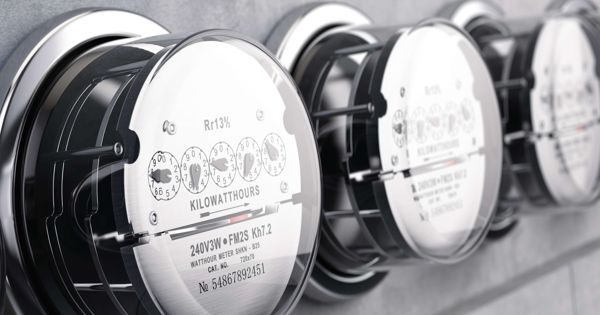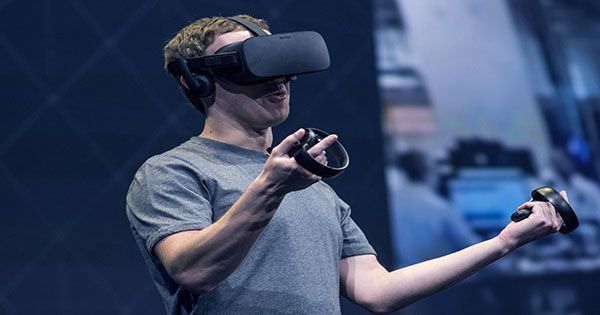Using sound waves to make items hover has been proposed in the past. Research has supported this, but as you might assume, this requires a direct passage for the waves to reach the item. If something gets in the way of these waves, things quickly deteriorate. Our sci-fi aspirations of levitation have made significant progress thanks to the discovery by scientists of a means to keep the things floating even when their route is blocked by other objects. Even better, the researchers produced a video so you can watch it all.
The journal Science Advances reported their findings. Scientists can use 3D levitation to make amazing displays that can be touched and experienced without an augmented reality headset, but that won’t be achievable until the interference problem is resolved. The complex field of acoustic waves required to make an item float can be disrupted by a real object, which would probably not sit well with the audience watching the presentation.
In order to avoid any disruption, these ultrasonic levitation displays now have to be located in highly controlled environments. Researchers from University College London created a system of multiple speakers that could adjust which are turned on or off to account for variations in the levitation field, self-correcting the floating object should anything get in the way. This was done in an effort to make levitation displays feasible for public spaces like arcades and malls.
“Up to this point, we’ve only been able to show acoustic levitation for holograms and virtual reality in controlled settings without any other things around that may interfere with or scatter soundwaves. According to main author Dr. Ryuji Hirayama, “we have demonstrated in this work how we can float things and even produce digital content such as holograms in real-world situations by accounting for neighboring objects in real-time. It creates opportunities for interactive holograms and completely immersive virtual reality experiences.
However, the discovery could have ramifications that go beyond creating eye-catching displays. Accurately floating objects might be a significant advancement in 3D printing and manufacturing since they can be manipulated from all angles. Cross-contamination of materials may be avoided and printing supplies can be used accurately in this way. “This discovery opens the door for combining many other materials in additive manufacturing and 3D printing, and that excites me. This breakthrough lays the path for utilizing the enormous potential of acoustic levitation in precise manufacturing, according to main researcher Sri Subramanian.
















